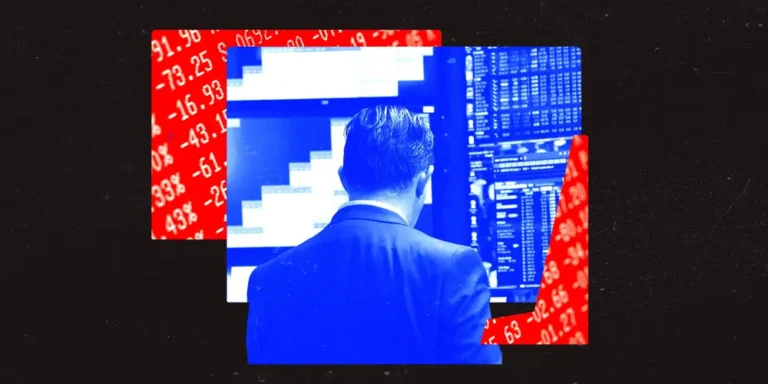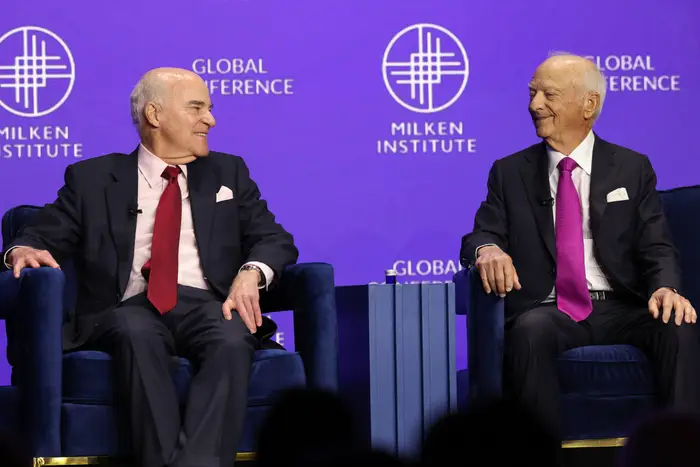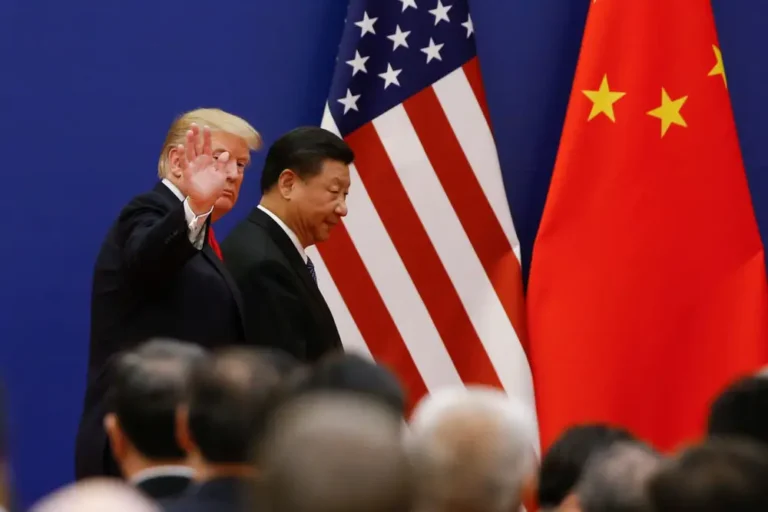2 things could stop the stock market’s free fall. Neither of them looks likely.
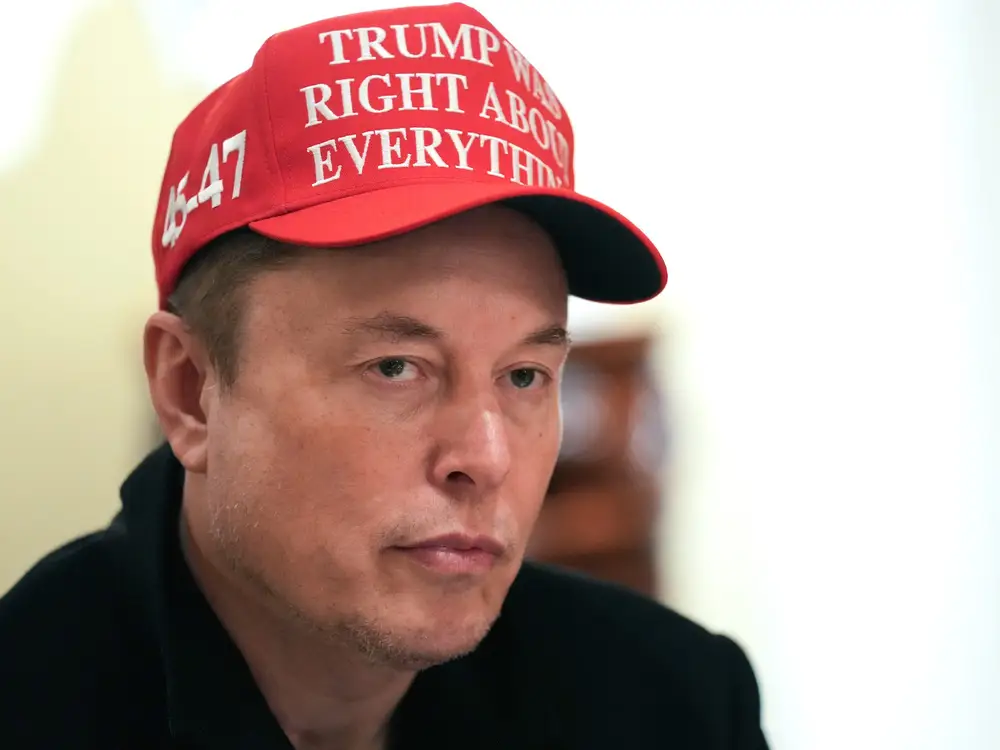
The stock market’s free fall doesn’t look like it’ll reverse course anytime soon.
US stocks plunged for a third day on Monday, with the S&P 500 entering a bear market. And investors hoping for a rescue might be out of luck for the moment.
With stocks losing $9.5 trillion in value since Thursday, markets have been looking to two “puts” to end the carnage.
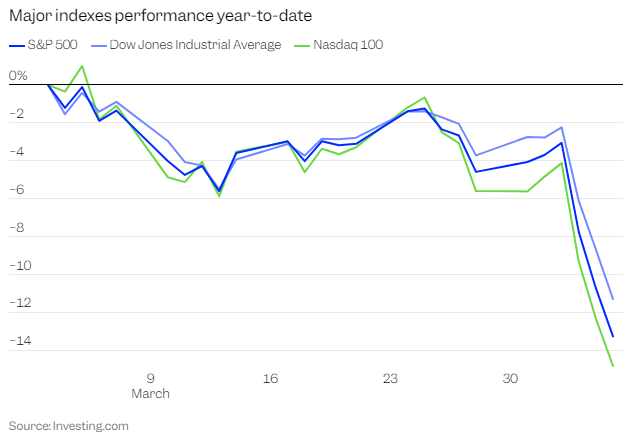
Here are the two things that could end the sell-off — and why neither is likely at the moment.
The Fed rushes to cut rates
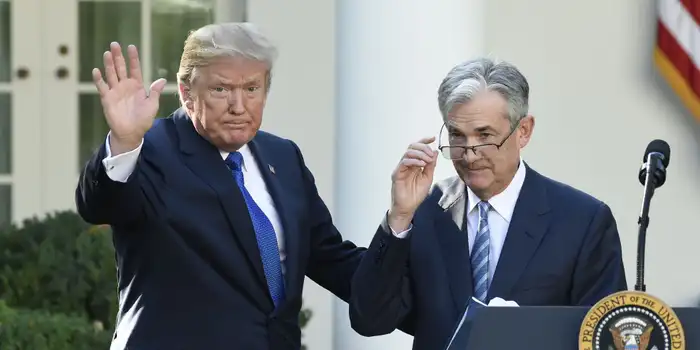
The “Fed put” is a popular reason many stay bullish even when markets are struggling. The idea is that the Fed could cut rates more than expected or even issue an emergency rate cut to prop up the economy if conditions deteriorate.
On Monday, the CME FedWatch Tool put the probability that the Fed will cut rates four times or more by the end of the year at 78%, up from a 27% chance priced in a month ago.
President Donald Trump, for his part, has for months pressured the Federal Reserve to cut rates.
On Friday, he said in a post on Truth Social that it would be a “PERFECT time” for Fed Chair Jerome Powell to cut rates.
“He is always ‘late,’ but he could now change his image, and quickly,” the president wrote of the central bank chief.
On Monday, Trump made a separate post, calling the Fed “slow moving” and further prodding central bankers to issue a rate cut.
Why that looks unlikely right now:
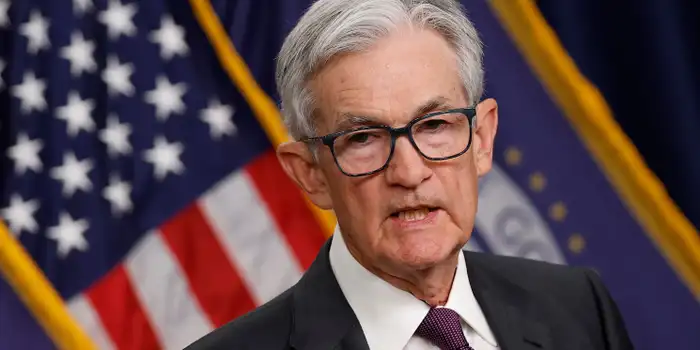
The Fed, though, has signaled that it’s OK with moving slowly for now as it awaits more certainty around tariffs and their impact on inflation. Prices spiraling higher again would risk the US entering a period of stagflation, a nightmare scenario that involves economic growth slowing while prices remain stubbornly high.
Lowering rates prematurely could raise the risk of stagflation.
“We are well positioned to wait for greater clarity before considering any adjustments to our policy stance. It is too soon to say what will be the appropriate path for monetary policy,” Powell said at an event on Friday.
“Powell is telling us that the bar for the Fed to cut interest rates in response to a tariff-driven market selloff is considerably higher than the bar to respond to a normal economic shock,” Bill Adams, the chief economist at Comerica Bank, wrote in a note. “In other words, the central bank has an index finger on the nose and says, ‘not it.'”
Trump backs down on tariffs
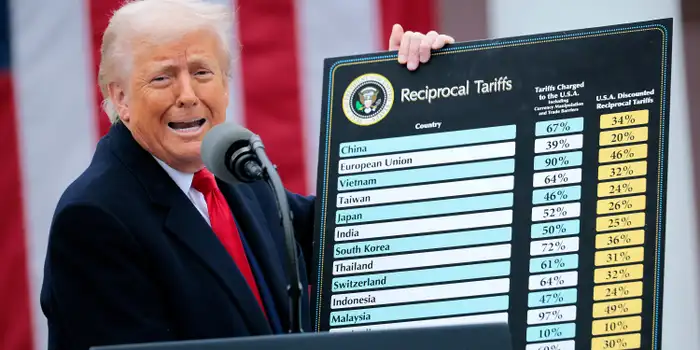
Stocks briefly jumped higher Monday morning after headlines circulated that Trump could pause the trade war to negotiate deals with targeted countries.
But the market quickly tumbled again as uncertainty remained high.
It’s evidence that the market is ready to pounce on any show of support from the administration — but investors should be careful about getting their hopes up.
Why that looks unlikely right now:
The president has signaled some progress in negotiations with other countries to reduce the US tariff rate on imports. Over 50 nations have reached out to the White House to hash out the terms of the latest tariff package, Trump’s advisors said on Sunday.
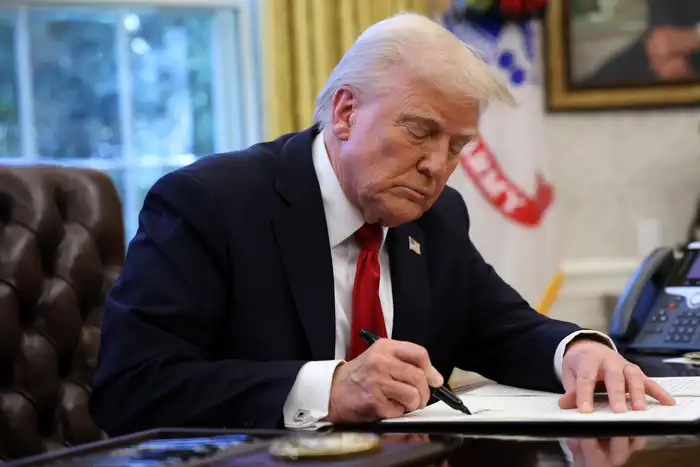
But Trump’s resolve to lower the US trade deficit doesn’t look like it’s going away anytime soon, either. The president, who has historically used the stock market as a gauge for how well his term is going, has signaled he’s OK with the market volatility.
Over the weekend, Trump told reporters that he didn’t want stocks to drop but compared tariffs to taking “medicine to fix something.”
He added that his policies were here to stay unless other countries made efforts to reduce their trade surpluses with the US. He said something similar in a Truth Social post last week, claiming that many investors were entering the US market and said his policies would “never change.”
It spells trouble for the near-term stock outlook, forecasters say.
“With no sign of either a ‘Trump put’ or a ‘Fed Put,’ the S&P 500 is heading towards a bear market,” Nikos Tzabouras, a senior market analyst at Tradu, wrote in a note. “The magnitude of Trump’s tariffs, the potential for further duties, and China’s retaliatory measures are heightening recession risks and paving the way for prolonged weakness on Wall Street.”


